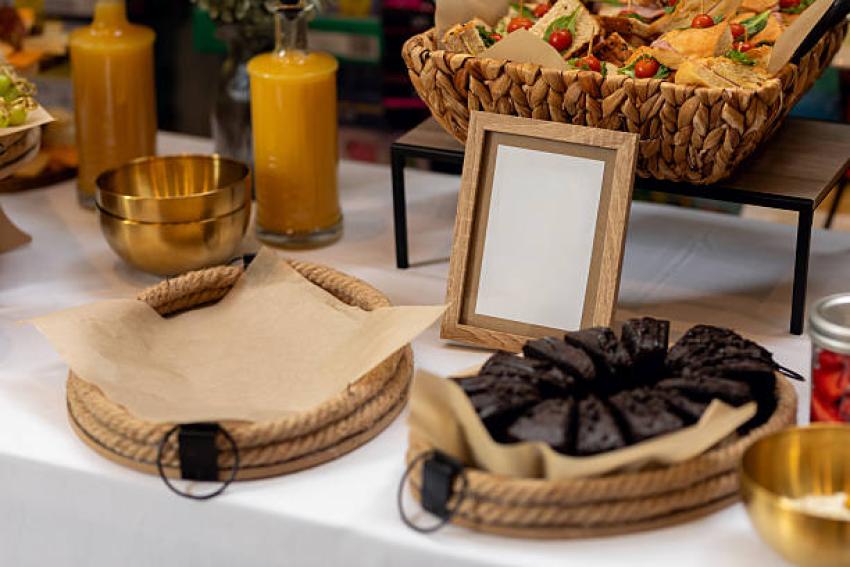
Your favorite photos and prints carry stories. Yet old frames can quietly harm them. Over time, glass fogs, mats yellow, and backs warp. Then colors fade. Because of this, art loses its charm long before you expect it. The good news is simple. Your pieces can stay safe for years with better materials and careful builds. This guide shows clear signs that say, “it’s time.” We also share fixes that are easy to understand. As a result, you can act early and avoid bigger damage. For local care and expert build quality, Toms River custom framing services keep artwork stable, dry, and bright.
Sign 1: When glass fogs or sticks — Toms River custom framing services protect clarity
Condensation forms when warm, moist air meets cool glass. Soon, fog appears, and prints may stick. That haze traps moisture near the paper. Consequently, mold and ripples follow. Modern framing solves this with UV-filtering glass or optically clear acrylic. These materials block light that fades inks. They also reduce static that can lift delicate media.
Additionally, spacers keep the art from touching the glazing. Finally, a tight dust seal helps stop humid air from creeping in. With these steps, clarity returns and stays. Your art looks crisp, and cleaning becomes easier.
Sign 2: Yellowing mats and edges
Yellow mats are more than a style issue. They often mean acid migration. Lignin and acids in cheap boards break down over time. Therefore, they burn the paper’s edges. Look for brown “tidelines” around the window cut. Also, check the back of the art for shadow stains. To prevent more damage, Toms River custom framing services can swap in conservation-grade mats. Before the fixes, here’s a quick checklist to guide action.
- Choose museum or conservation mats that are acid-free and lignin-free.
- Ask for pH-neutral hinging tapes and reversible hinges.
- Request a barrier layer between the art and the backer.
These small steps slow aging. Plus, they meet conservation best practices used by museums. For extra safety, keep room humidity near 40–55% year-round.
Sign 3: Warped backing or loose dust seal
A frame is a small climate. Air and grit sneak inside if the back bows or the paper seal splits. Then the fibers shed. Next, dust lands on the art and builds up. Soon, you see wavy paper or specks under glass. To compare old parts with better choices, scan this table.
Old Frame Issue Upgrade That Helps
Cardboard backer releases acids Acid-free foam board or rag backer
Torn dust cover leaks air Fresh kraft or barrier paper, sealed edges
Loose points shift with time Rigid points or screw-fastened hardware
Because the package stays tight, art sits flat. As a result, ripples and dust storms drop off sharply.
Sign 4: Sun-faded colors or washed-out blacks
Light is sneaky. Even light across the room can fade inks and dyes. Blacks turn gray first. Then reds and blues lose punch. You may see a ghost border where a mat once covered the print.
To cut the risk, consider these upgrades.
- Use UV-filtering glass or acrylic rated for high protection.
- Add a spacer so the surface does not touch the glazing.
- Rotate display spots away from direct sun.
These changes are simple. Yet they give significant gains in color life. Many people rely on Toms River custom framing services for local options and fit to choose the right glazing grade for each piece.
Sign 5: Rips, waves, or mystery spots
Paper swells when moisture rises, then shrinks as it dries. Waves appear. Old pressure-sensitive tapes can ooze and stain. In some cases, the adhesive hardens and tears fibers. Here is a guiding thought from conservation practice:
Therefore, hinges should be few, small, and reversible. Japanese paper and pH-neutral paste are common choices. Also, a micro-gap around the art allows it to expand and contract. With these steps, the paper can “breathe” safely. Then the waves ease, and future handling stays low risk.
“If a fix cannot be reversed without harm, it isn’t a conservation fix.”
Sign 6: Heavy or 3d items sag in the frame
Jerseys, medals, tickets, and textured art need special builds. Simple mats are not enough. Over time, gravity wins. Items slip, sag, or press lines into fabric. A shadowbox solves this with depth and support.
Before choosing, pause and plan the mount points.
- Use stitched mounts or hidden supports, not glue.
- Select deep, rigid spacers to prevent contact with glazing.
- Add a rigid backer to stop bowing.
Because the structure carries the weight, the piece sits proudly and safely. Then the view stays clean and dimensional.
Sign 7: Outdated style hides the story
Frames are part of the message. When the style fights the art, the story gets lost. A bold poster can drown in an ornate gold frame. A soft watercolor may look sharp in a thin maple profile. Think harmony first. Then let the art lead. Keep this reminder in mind:
Mat widths, frame color, and reveal lines guide the eye. Balanced margins also give the art room to breathe. With a few test corners, you can “audition” looks fast. For tailored picks and precise fitting, Toms River custom framing services can mock up several options on the spot.
“Good framing disappears so the art can speak.”
Sign 8: You want proven materials and a clear process
How pros build a safer frame
A conservation package has three goals: support, separation, and sealing. Support holds the art flat with safe backers. Separation adds mats or spacers so glazing never touches the surface. Sealing blocks dust and drafts.
What this means for you
You get fewer surprises. Also, you get a plan you can understand. Ask for documentation of the materials used. Request UV ratings, mat specs, and hinge types. Then keep the receipt with your art records. When pieces travel, this record helps. Because planning and supply depth matter, Toms River custom framing services include material options for prints, photos, textiles, and objects.
Quick reference: when to upgrade
Sometimes you want a fast yes/no. Use this snapshot to decide.
- Glass fogs or art has stuck to the glazing.
- Mats show yellow edges or “burn lines.”
- Backing bows, or dust, appear under the glass.
- Colors look faded or uneven.
- 3D items sag, slip, or press against glazing.
- The frame style clashes with the art’s mood.
- You need conservation-grade, documented materials.
If two or more appear, it’s time to act.
Care tips after you upgrade
Light and placement
Keep art away from direct sun and heat vents. Also, aim for steady room light.
Humidity and cleaning
Try to keep indoor humidity near 40–55%. Then, dust frames with a soft, dry cloth. Avoid sprays near the frame edge.
Handling and records
Hold frames from both sides. Next, store your material list and UV rating. That way, future updates stay easy. For special pieces and local installation help, Toms River custom framing services can prepare hanging hardware for your wall type.
As you choose the right frame path
When you are ready to give your art a safer home, here’s a simple next step: bring one piece, review materials together, and choose a build that protects the story you love. With clear options, reversible methods, and innovative sealing, your frames can defend color, paper, fabric, and depth. Your walls will look calm, and your art will age well. If you’d like a friendly review and careful work, 707 Gallery NJ is happy to help.



